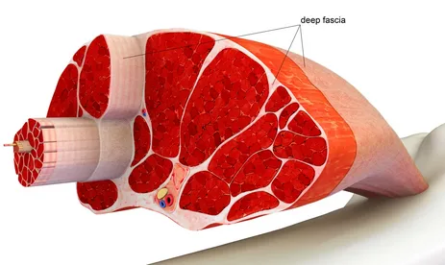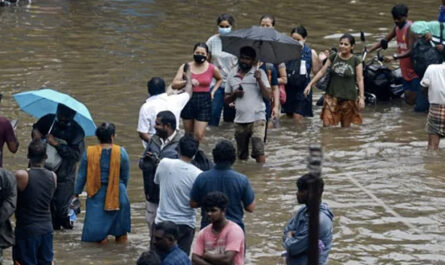A recent study conducted by scientists from the Translational Genomics Research Institute (TGen) is dispelling common misconceptions about Valley fever, a disease caused by exposure to the fungus Coccidioides, also known as “cocci”. The study challenges the belief that the risk of airborne exposure to Valley fever spores increases significantly after a major dust storm or haboob. Additionally, the researchers found that the spores are not universally present throughout the Phoenix metro area, contrary to popular belief.
Published in Scientific Reports, the study utilized DNA analysis to identify and analyze Valley fever spores collected from air filters across 11 sites in the Phoenix metropolitan area. The researchers found that the presence of the spores varied in location and time over an 18-month collection period. They also discovered a higher risk of finding cocci on filters on hotter, windier days with lower soil moisture.
According to David Engelthaler, Ph.D., director of TGen’s Pathogen and Microbiome Division, these findings can help public health workers dispel myths about Valley fever exposure. For example, the belief that it is riskier to go outside after a dust storm may not accurately reflect the true risk of exposure to cocci or Valley fever. Engelthaler hopes that these new findings will enable more precise public health warnings.
Valley fever primarily affects the lungs and is contracted by inhaling Coccidioides spores. The disease infects hundreds of thousands of individuals and their pets each year in the American Southwest, with the majority of cases occurring in Arizona and California, according to the Centers for Control and Prevention.
The study involved the testing of 5,243 filters from multiple locations across the greater Phoenix area. These filters were part of a biodefense monitoring system implemented in Arizona after the 9/11 terror attacks. Engelthaler, who was involved in the implementation of this system, recognized the potential of the filters to better understand Valley fever exposure. However, at that time, the technology was not advanced enough to conduct comprehensive genetic testing on the fungal spores.
Engelthaler emphasized that this study represents the first comprehensive analysis of the risk of Valley fever spores in the air. The research revealed that Valley fever exposure is localized and dependent on specific times and locations when the soil is disturbed, such as during the conversion of agricultural fields into construction sites.
While scientists have not yet established a direct link between the warming Southwest due to climate change and the dispersal of Valley fever to new areas, the study did find a higher prevalence of cocci on filters during warm and dry days. This suggests that as the climate continues to change, there may be an increase in Valley fever exposures.
The researchers plan to continue monitoring the filters for cocci and will use genomic sequencing techniques to identify and quantify different strains of the fungus. This will contribute to a deeper understanding of the factors driving the presence of cocci spores in the air.
*Note:
1. Source: Coherent Market Insights, Public sources, Desk research
2. We have leveraged AI tools to mine information and compile it


